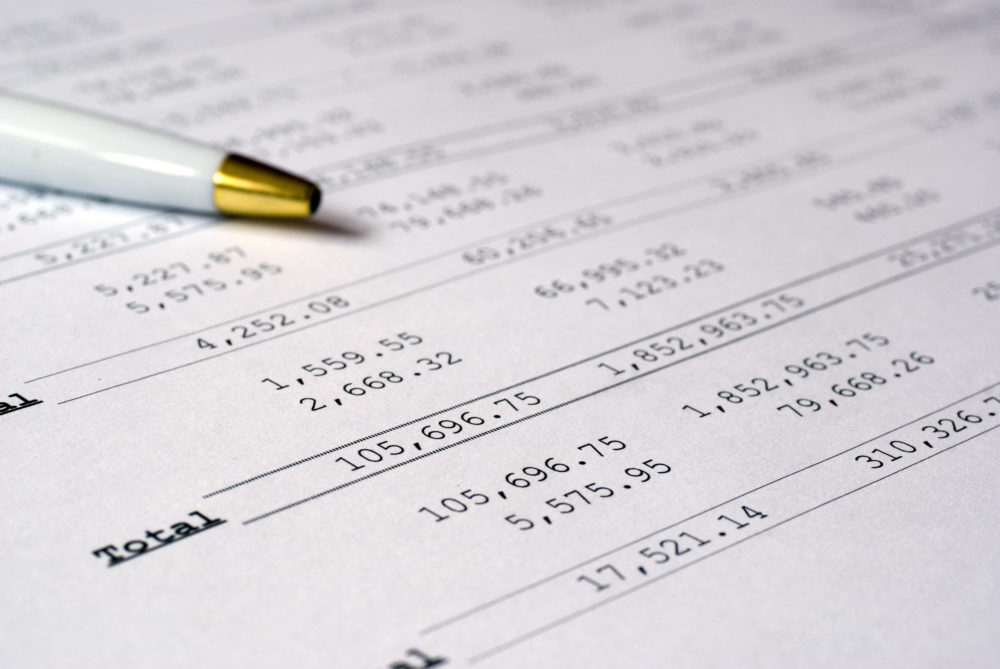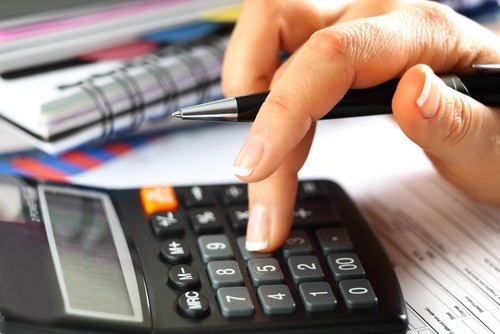A profit and loss account (P&L) template is important whether you are running a business or in the process of setting one up.
If the latter, as a part of P&L forecasting, it forms a required part of a business plan.
A P&L account will show you what your business’ income and expenses are so you have a clearer idea of your trading history over a certain period of time.
What is a profit and loss template?
A P&L template shows:
- Business performance over a specific period of time
- Recorded incomings and outgoings
- Sales income generated, including estimates of work in progress but not yet invoiced.
A P&L statement is usually prepared annually and shows revenues and costs and how much profit has been made over the period.
It should form part of your overall bookkeeping set of documents – along with a balance sheet and cash flow forecast.
For limited companies, and sole traders earning over £50,000 a year, a profit and loss statement is required for HMRC.
As part of a business plan
The financial analysis section within a business plan should be about three pages, with data in an optional appendix. The first parts should consist of:
Summary of forecasts
- Monthly profit and loss forecast for two years
- Profit forecast for further three years
- Monthly cash flow forecast for two years
- Cash flow forecast for further three years (optional)
Use the templates below to build your own profit and loss account.
PDF profit & loss account template examples
- Click here to download the profit and loss PDF template for companies with under £85,000 turnover. Click here to download the profit and loss PDF template for companies with over £85,000 turnover.
XLS template examples
- Click here to download the profit and loss XLS template for companies with under £85,000 turnover. Click here to download the profit and loss XLS template for companies with over £85,000 turnover.
The templates have been produced to be in line with HMRC reporting requirements for self-employed professionals. The numbers are for illustration purposes only and completely random.
Sales
All income from sales should be added for the period the P&L is being prepared for, whether or not your have received payment.
Sales with no received payment should be added to the debtors account in your balance sheet.
Cost of sales
Includes any direct costs involved in making and selling the product purchased, including the wages of those involved in making the product and purchases made from suppliers for goods or raw materials used in the accounting period.
Overheads
Includes general expenses and all other costs you have been invoiced for during the period, such as: rent, rates, professional fees, vehicle costs, national insurance and pensions, utilities, etc. Items invoiced for, but not yet paid, are added to your creditors account on your balance sheet.
Depreciation
It is a judgment call on how long a period fixed assets should be depreciated over but be consistent in your application of it.
Looking to easily track you profits and losses anywhere and anytime?
We recommend using one of these accounting tools:
Further reading on accounting and managing cash flow
- How to manage your accounts as a small business
- How the perception of accounting is changing
- Calling in your debts and chasing late payments
Looking for finance? SmallBusiness.co.uk is working in partnership with trusted lenders to help you find the best business funding deals. Find out more here.





